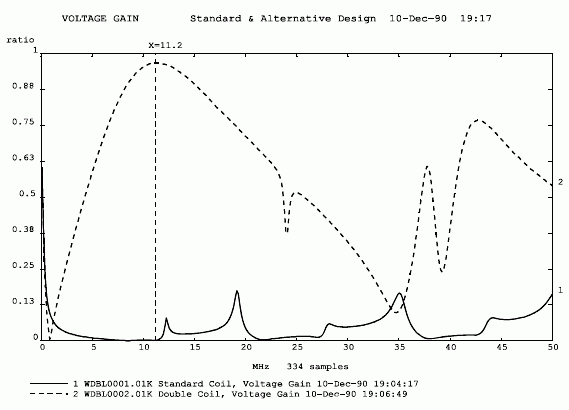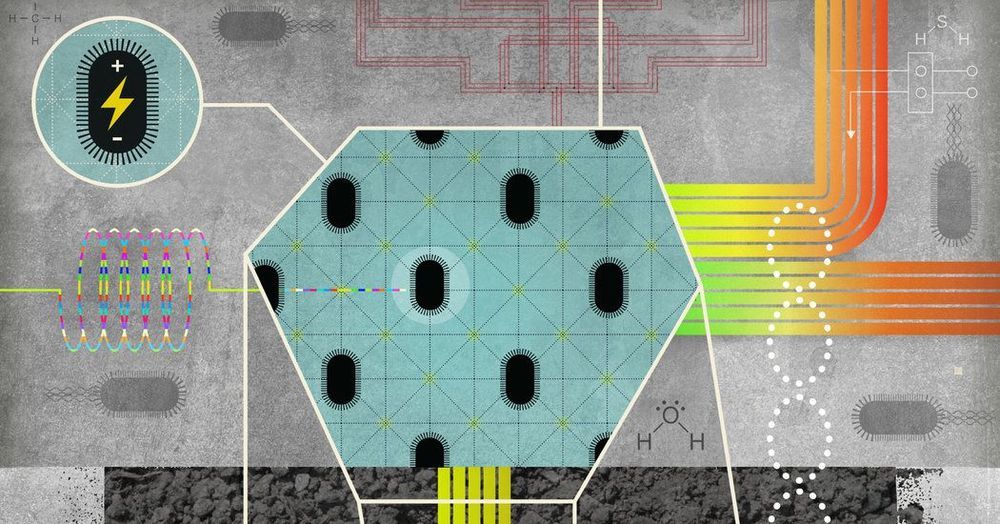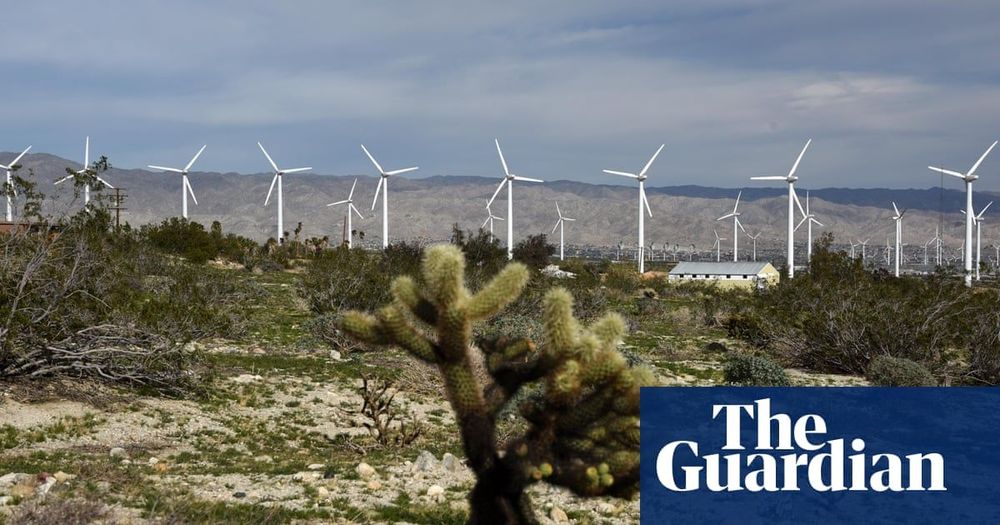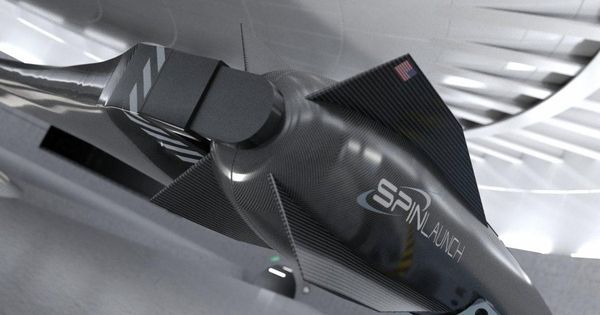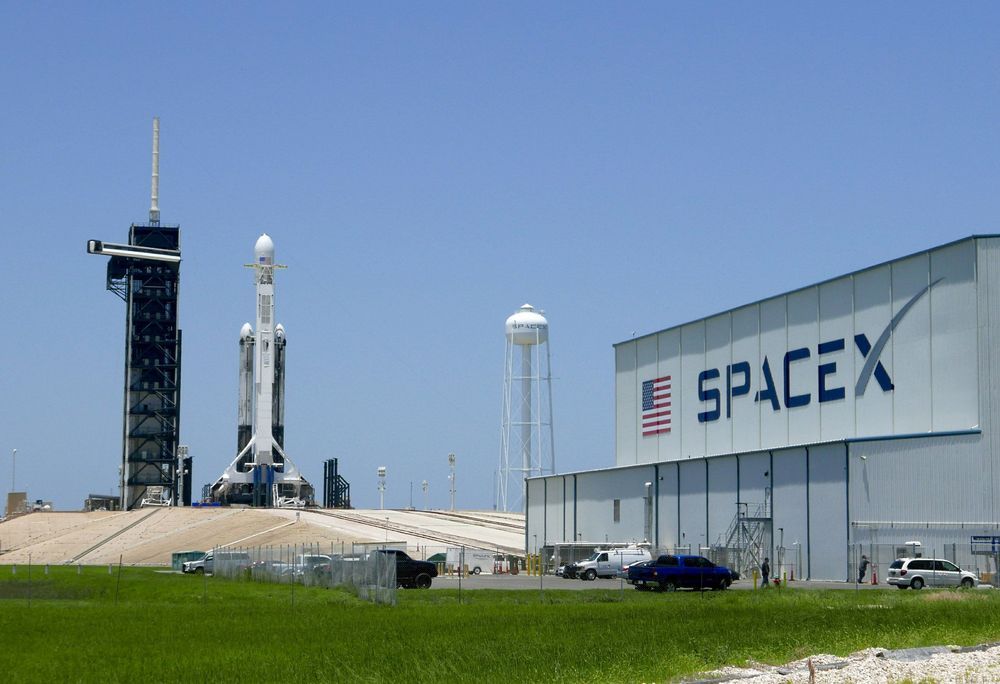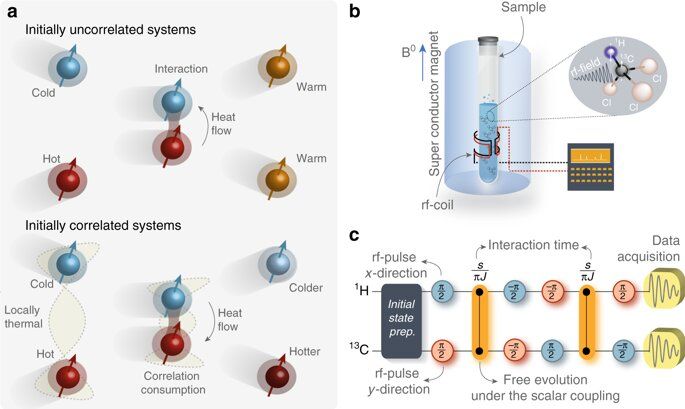
Heat flows from hot to cold objects. When a hot and a cold body are in thermal contact, they exchange heat energy until they reach thermal equilibrium, with the hot body cooling down and the cold body warming up. This is a natural phenomenon we experience all the time. It is explained by the second law of thermodynamics, which states that the total entropy of an isolated system always tends to increase over time until it reaches a maximum. Entropy is a quantitative measure of the disorder in a system. Isolated systems evolve spontaneously toward increasingly disordered states and lack of differentiation.
An experiment conducted by researchers at the Brazilian Center for Research in Physics (CBPF) and the Federal University of the ABC (UFABC), as well as collaborators at other institutions in Brazil and elsewhere, has shown that quantum correlations affect the way entropy is distributed among parts in thermal contact, reversing the direction of the so-called “thermodynamic arrow of time.”
In other words, heat can flow spontaneously from a cold object to a hot object without the need to invest energy in the process, as is required by a domestic fridge. An article describing the experiment with theoretical considerations has just been published in Nature Communications.
